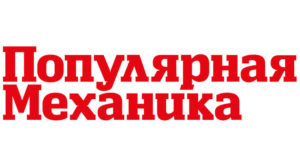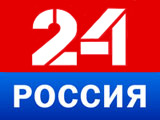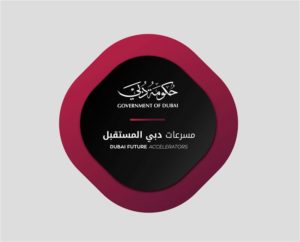Wireless Technology
BFGS
Beam forming and guidance system includes high-quality interference optics for specific wavelengths, a micropositioner for precise long-distance targeting, and a pan/tilt mount for coarse adjustments.
Receiver
The photovoltaic array efficiently converts laser radiation into electricity, supported by a specialized switching circuit for stable operation in turbulent conditions. Receivers are optimized for different wavelengths: GaAs for 808 nm and VMJ Si for 900-1080 nm.
Laser
The laser source is optimized for different conditions: cost-effective 970 nm for higher power, highly efficient 808 nm for lower power needs, and 1064 nm single-mode lasers for ultra-long-range applications.
Tracking
The receiver features retroreflectors illuminated by the laser for precise detection and continuous tracking of the target. This ensures stable alignment and efficient energy transmission, even for mobile systems like drones or rovers.
Main use cases
Drones
PowerIn.Space’s laser power beaming keeps drones operational without needing to land for recharging, ideal for security, agriculture and logistics, reduces downtime and maintenance costs.
Lunar Rovers
In the Moon’s shadowed regions, where solar power fails, laser power beaming ensures continuous rover operation without bulky batteries or cables.
IoT and Sensors
Combining power and data in one optical fiber, PowerIn.Space provides a reliable, lightweight solution for sensors in harsh environments, reducing maintenance.
Underwater Robotics
Power-over-fiber technology offers a lightweight, efficient power source for underwater robots, improving maneuverability and allowing longer operations.
Efficiency of transmision
PowerIn.Space specializes in wireless energy transmission via laser technology for space systems, drones, and terrestrial applications. With 8 years of research, we’ve conducted experiments transmitting energy over distances from 10 to 2000 meters with lasers ranging from 10 to 200W, achieving 12% efficiency. Our goal is to reach 30% efficiency by 2030. A key achievement includes powering a drone at 50 meters using laser energy, enabling continuous flight with automated guidance. This technology has broad applications, such as powering drones in logistics and security, where uninterrupted operation is critical . In space, our laser power beaming can provide energy to rovers and infrastructure in shadowed regions of the Moon, eliminating the need for cables and allowing continuous operations even in extreme environments. The technology also holds potential for powering satellites and space stations, as well as in space debris removal . With applications ranging from aerospace to industrial IoT, PowerIn.Space offers scalable, cost-effective solutions to the growing challenges of energy transmission in both terrestrial and space environments.
The efficiency of modern diode lasers reaches 45-60%
VMJ Si photovoltaic array - 10-30% for wavelengths 900-1080 nm, single-layer GaAs a - 40-60% for 808 nm
Interference optics for specific wavelengths transmits over 95% of radiation, with minor losses in atmospheric conditions.
Current efficiency is 20%, but advancements in lasers and photovoltaics suggest 30% efficiency soon.
Our team

Rouaid Al-Taie

Vitalii Kapranov

Vjatcheslav Gubzanskiy






